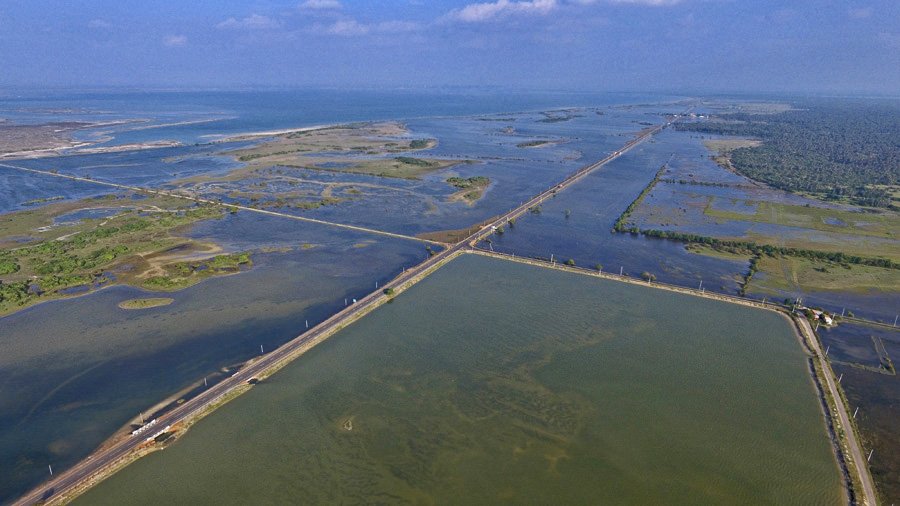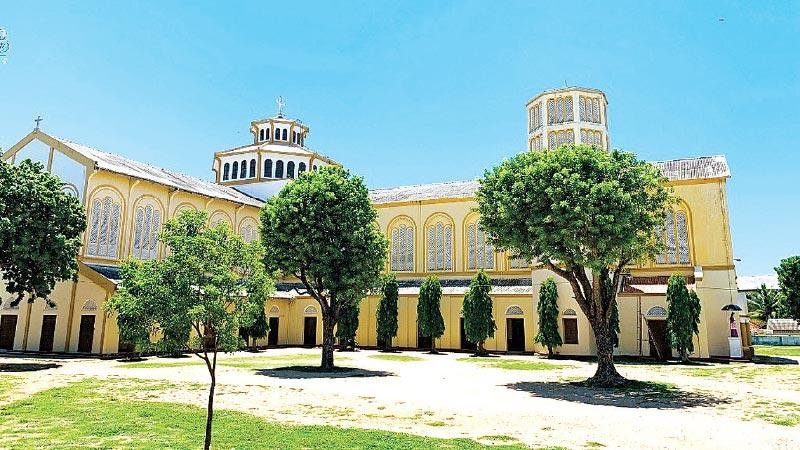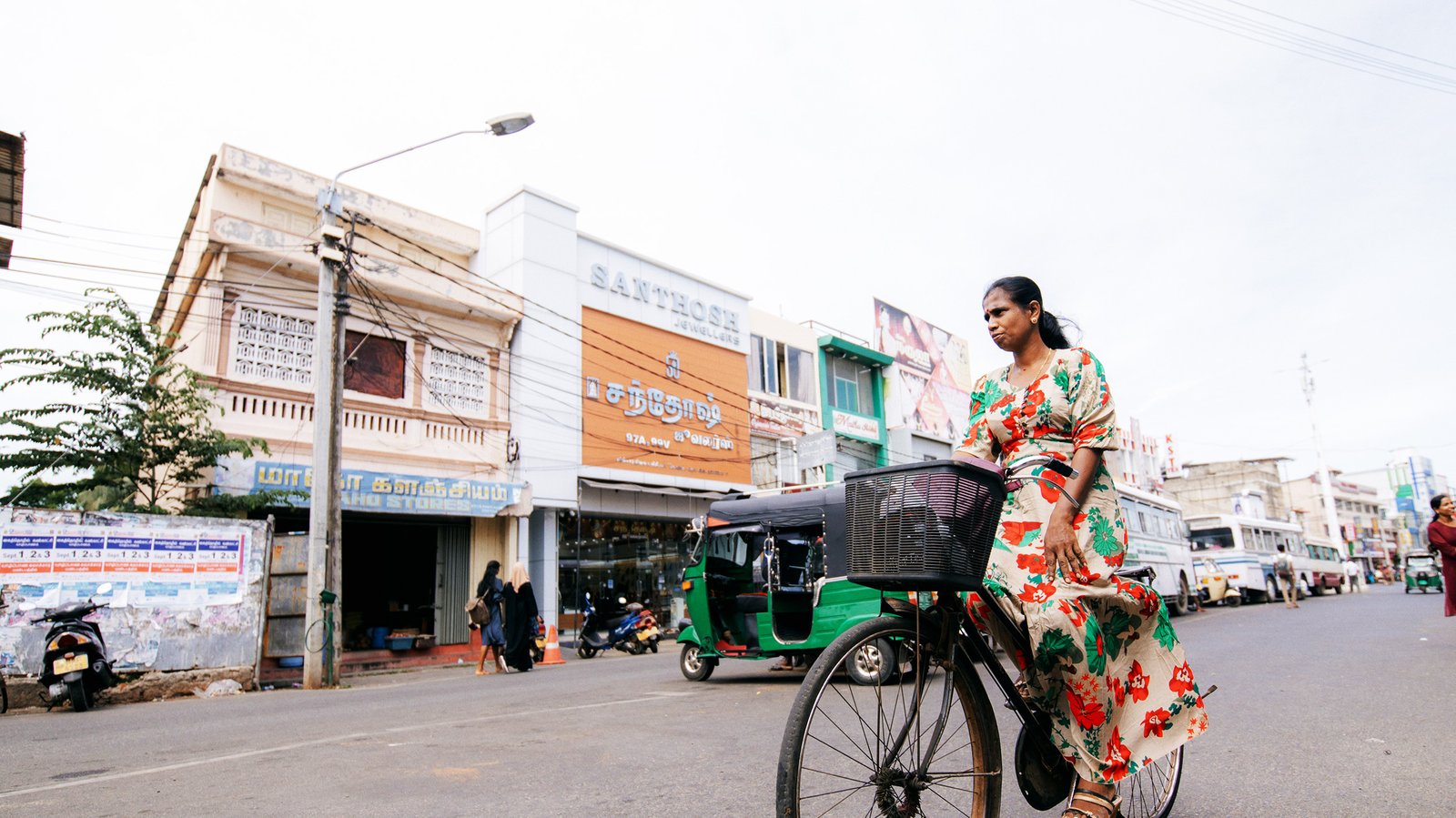Jaffna Fort
Kurunagar, Jaffna
Originally built in 1618 by the Portuguese. The Fort was later expanded by the Dutch and subsequently occupied by the British. This pentagon-shaped Fort has seen many wars and bears the scars. The magnificent outer walls and deep moats are well preserved. The Fort is said to be haunted by 400-year old ghosts of the Natives who faced religious persecution.


King Sangiliyan’s Ministers Meeting Place or Manthri Manai
Nallur, Jaffna
Believed to be Sangilian’s Minister’s house. Sangili was an illegitimate son of the great King Pararajasekaran. He murdered his father with the assistance of his father’s minister. Whether this is the actual Manai or Abode of the conniving minister is undocumented. This architecture is a mix of Colonial and Tamil.
Jaffna Library
Jaffna city, Jaffna
Originally constructed in 1933 to house priceless historical documents and literary works, this library was burned down to ashes in 1981. In 2003, an exact replica of the original library was reconstructed. Goddess Saraswathi, Goddess of arts and education, sits at the entrance of this building. As a symbolism of purity and brilliance of knowledge, this building is painted entirely in white. The architecture is Tamil.


Jaffna Market
Jaffna city, Jaffna
Best place to experience the smells, colours and tastes of Jaffna. A wide array of food items, crafts, household good are available for reasonable prices.
Pannai Causeway or Kayts Causeway
Velanai, Jaffna
This causeway connects mainland Jaffna to its smaller islands via the island of Velani. This scenic causeway mesmerizes all who travel.


Nallur Temple
Nallur, Jaffna
The Hindu temple dedicated to Lord Kanthan dates back to 948AD. However, the ancient temple no longer exists. Portuguese destroyed the temple and built the St. James Church of Nallur at the site. The Temple’s bricks and stones were used to construct the temple. As such, leaving nothing that can be used for reconstruction. With closer inspection of the Church’s walls, one can identify the stones and bricks of the Hindu temple. The current temple was constructed in 1734 AD. This magnificent temple is the lifeline of Jaffna culture.
St Mary’s Cathedral
Kurunagar, Jaffna
This large Dutch cathedral is the home of the Roman Catholic Diocese of Jaffna. It is constructed at the site of which King Sangili killed his son for having converted to Catholism. It is said that the prince’s ashes are buried under the Cathedral. This splendid cathedral and its annual Feast are part of the pride of Jaffna. Read More


Sri Naga Vihare Buddhist Temple
Ariyakulam, Jaffna
A Buddhist temple. This is the location at which a sapling of the scared Bo tree was stored for a week. In the 3rd century the sapling was brought to Sri Lanka and eventually planted in Anuradhapura. Lord Buddha is said to have attained enlightenment under the mother tree in India.

